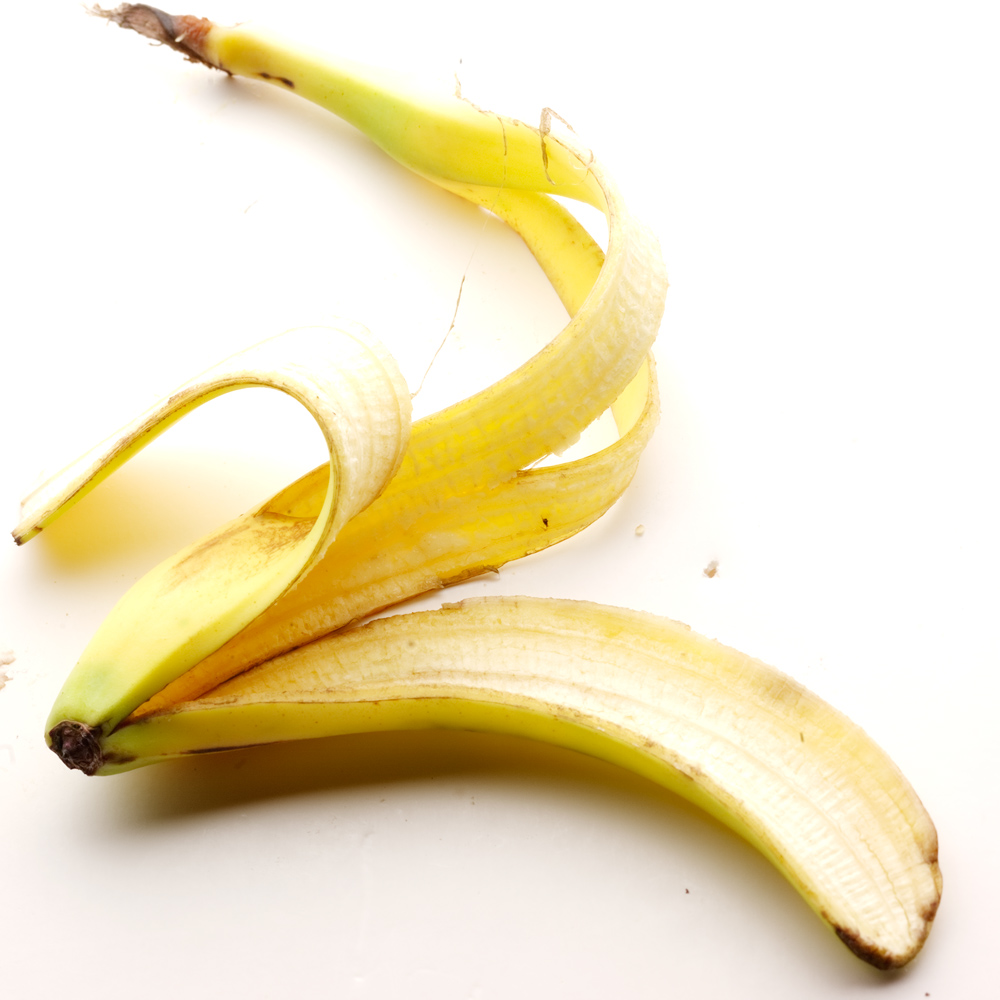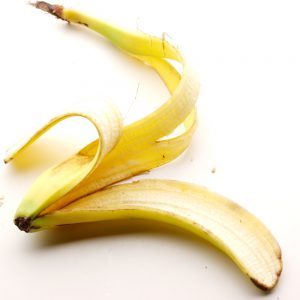TASK 1
Object and representation of self
This simple cheap ring was bought from those places that rented out boxes for people to sell their products. Why would something as plain and normal be something of significance to me? It’s because my grandmother gave it to me as a random gift.
My grandmother is very dear to me, she’s been taking care of me since I was born and I can’t imagine growing up without her. She’s been a constant part of my life, every day and every night I greet her and say goodnight. It’s the little things that show genuineness.
It’s kind of silly but the feeling of having this constant on my index finger comes off really comforting to me. I fidget a lot. I have a terrible habit of picking at my fingers, even when I’m not nervous or anything at all. The ring? It helps a lot, I end up toying with it, twisting, pulling off and putting it on whenever I’m trying to focus. While it does act as a great fidgeting tool, it does unwind me. Life is stressful, sometimes it’s just nice to sit and contemplate things you know? A long look, an unconscious twist, it makes me reminisce and think about what I could be doing better, or even just to relax and revel in past memories. Super glad I haven’t dropped it into a random drain with my fumbling fingers.
Inspired by Rengim Mutevellioglu’s nostalgia-inducing photographs, I attempted to bring out the sentimentality in my own photos with what I learnt by studying her work.
For the general look, I used muted tones and this controlled contrast that’s present consistently in her photos. The overall contrast of the photos aren’t too strong, but when it comes to shadows, they get darker and harsher. It creates this old, vintage look that tugs at your nostalgia.
The 2nd shot’s a full body interaction shot. The perspective lines from the roof of the shelter and the path point towards me and the ring, bringing attention. By positioning myself towards one half of the shot, it leaves a void, a space that feels like longing.
The final shot is a close up interaction shot, with the ring as the point of interest. Wanting to create the illusion of movement, the hand is angled a little as it tangles slightly in my hair, but the ring remains a still constant in the shot. It stands out, being in the central position, contrasted by the shadowed background.
TASK 2
My World
Fuchun Primary School, where I started growing into my own shell. This place probably houses all my earliest prominent memories, it was an eventful kid life. Fun fact! The school in these photos isn’t actually my ‘first’ school. I spent half my primary school life in the older school, which still rests at the same place, deserted and so worn down. My remaining 3 years were in this one instead.
It’s the weekend; school’s out, students out. Nobody’s in or even around the school, it was serene and so quiet in comparison to the lively, chaotic weekdays. This spot was the void deck opposite the main gate that students liked loitering and chilling at.
I realised I never actually saw the school clearly from afar before, so I went up to the highest floors of the surrounding HDB flats to check the view. It didn’t hit me until then that the school had actually renovated slightly and has a new paint job! The bright colours are so modern and fresh, it bittersweetly reminded me just how many years has passed since I graduate from there.
The neighbourhood rests, along with everyone else. It’s extremely relaxing by simply watching the clouds float idly by with these sentimental buildings filling my sight. I’ve been in this neighbourhood for my whole life, and honestly I haven’t felt so soothed and calmed here. I should do this more often.
Architectural and scenic photographs are very intriguing to me, especially the way Arkos Major shoots his. Trying and hopefully, successfully, incorporating his lighter yet also muted tones into my own photos, I managed to make the shots feel nostalgic and a bit more personal.
The 1st shot was taken in a tilted lower angle to show more of the bottle and how the school is ‘away’ in the background, since the focus is how this is a place students spent time outside of school, after school.
2nd shot was simply to show a bird’s eye view of the school, this colourful yet old, sentimental space holding many memories. The added ledge as the foreground made it more visually pleasing.
Last shot is a flat shot, showing just a lining of buildings and the nearby foresty area, the top stretching wide with a cloudy blue sky. This conveys more of the underlying emotions. It’s a peaceful, slower moving neighbourhood, like the clouds.








































































































